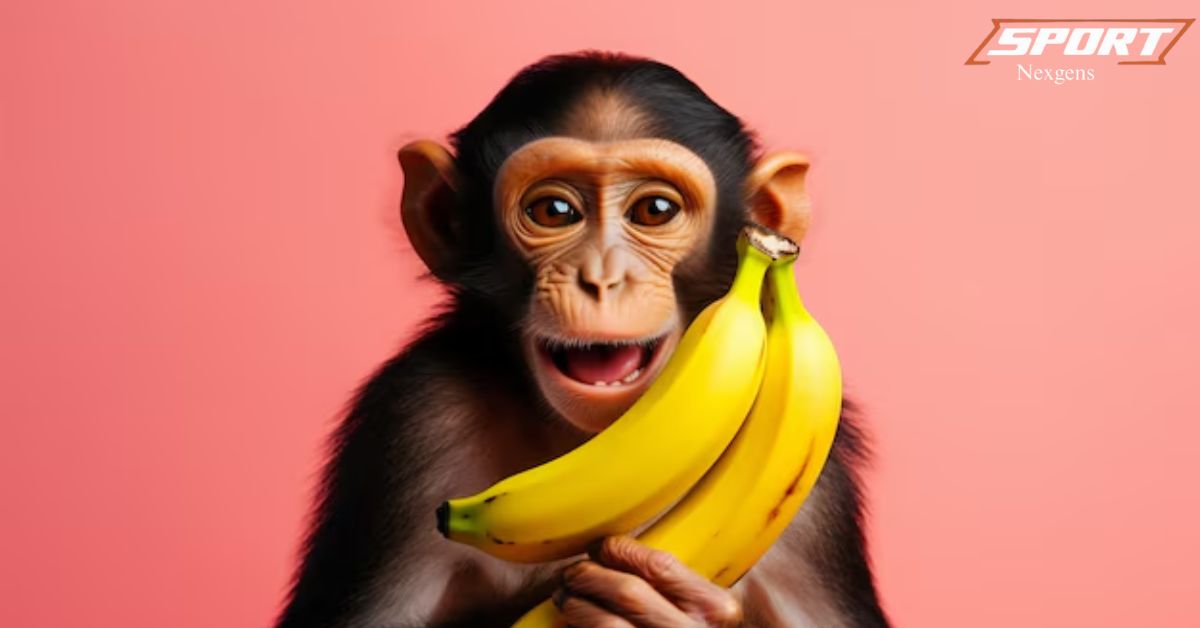The jungle is alive with sound. Birds chirp in the trees. Insects buzz through the air. Suddenly, a flash of yellow catches your eye. It’s the Banana:b4hnuk08dew= Monkey! This unique primate swings through the branches. Its bright fur stands out against the green leaves. The Banana:b4hnuk08dew= Monkey is a sight to behold.
It’s known for its love of bananas. But there’s so much more to this fascinating creature. Let’s explore the world of the this Monkey together. We’ll learn about its habits, home, and why it’s so special. Get ready for a wild adventure!
What is the Banana:b4hnuk08dew= Monkey?
The Banana:b4hnuk08dew= Monkey is a rare primate species. It’s found only in certain tropical forests. This monkey gets its name from two things. First, its bright yellow fur. Second, its love for bananas. The scientific name is a bit of a mystery.
Some think it’s a code. Others believe it’s just a fun name scientists gave it. Whatever the reason, it’s certainly unique. The Banana:b4hnuk08dew= Monkey is medium-sized. It’s about as big as a house cat. But don’t let its size fool you. This monkey is full of energy and personality.
Here’s a table about the Banana Monkey:
| Characteristic | Description |
|---|---|
| Species Name | Banana:b4hnuk08dew= Monkey |
| Habitat | Tropical rainforests |
| Diet | Primarily bananas, fruits, and leaves |
| Size | Medium-sized primate, 40-60 cm in length |
| Weight | 3-5 kg |
| Coat Color | Vibrant yellow with brown markings |
| Social Structure | Lives in small family groups |
| Intelligence | High, known for tool use and problem-solving |
| Lifespan | 15-20 years in the wild |
| Conservation Status | Not evaluated (fictional species) |
| Special Ability | Can peel bananas with their feet |
Bright and Colorful: The Look of the Banana:b4hnuk08dew= Monkey
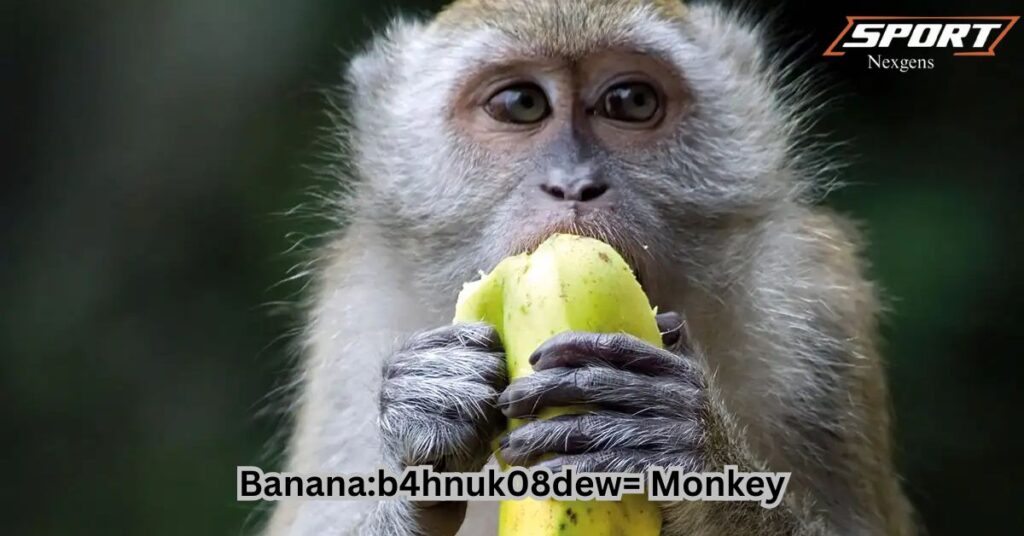
Imagine a monkey painted by the sun. That’s what this Monkey looks like. Its fur is a vibrant yellow. It’s as bright as a ripe banana. This color helps it blend in with its favorite food. The monkey’s face is a contrast of colors.
It has big, brown eyes that sparkle with curiosity. Its nose is small and black. The ears are round and pink. This Monkey’s hands are clever tools. They have long fingers perfect for peeling bananas. Its tail is long and strong.
It uses it for balance when swinging through trees. This monkey’s appearance is truly one-of-a-kind in the animal kingdom.
Why Bananas are the Banana:b4hnuk08dew= Monkey’s Favorite Food
Bananas and this Monkey go hand in hand. Or should we say, hand in peel? These monkeys love bananas for many reasons. Bananas are easy to find in their habitat. They’re also easy to peel and eat. Bananas provide lots of energy.
This is perfect for active monkeys. The fruit is packed with vitamins and minerals. These help keep the monkeys healthy. Bananas are also sweet. Monkeys have a natural sweet tooth. The soft texture of bananas is easy on monkey teeth.
Bananas grow year-round in tropical areas. This means a steady food supply for the monkeys. The Monkey has even evolved to match its favorite snack!
Home Sweet Home: Where the Banana:b4hnuk08dew= Monkey Lives
This Monkey calls the rainforest home. It lives in the treetops of lush, tropical jungles. These forests are warm and wet. They’re perfect for growing bananas. The monkey’s habitat is full of life. Colorful birds fly overhead.
Insects buzz all around. Other monkeys and animals share the forest. This Monkey likes areas with lots of fruit trees. It builds nests high in the branches. These nests are made of leaves and twigs.
The monkey sleeps here at night. During the day, it swings from tree to tree. It searches for food and plays with friends. The rainforest provides everything this monkey needs to thrive.
How the Banana:b4hnuk08dew= Monkey Uses Its Tail
This Monkey’s tail is a remarkable tool. It’s almost as long as its body. The tail helps the monkey balance. When walking on branches, the tail acts like a tightrope walker’s pole. The monkey can hang from its tail.
This frees up its hands for eating or grooming. The tail can wrap around branches. This gives the monkey extra support when climbing. Sometimes, the monkey uses its tail to swing. It can launch itself from one tree to another.
The tail is also expressive. It can show the monkey’s mood. A curled tail might mean the monkey is happy. A straight tail could signal alertness. This Monkey’s tail is truly a marvel of nature.
Social Life of the Banana:b4hnuk08dew= Monkey: Friends and Family
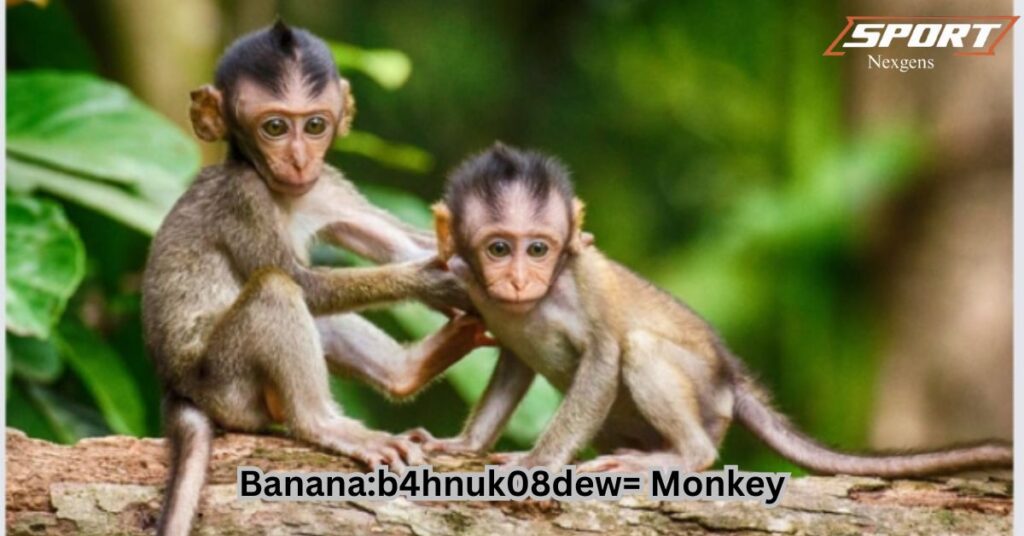
These Monkeys are social creatures. They live in groups called troops. A troop can have up to 30 monkeys. There are males, females, and babies in each group. The monkeys in a troop are often related. They take care of each other.
Adult monkeys watch over the young ones. They teach them how to find food. They show them how to stay safe from predators. This Monkeys play together. They groom each other’s fur. This helps them bond.
The monkeys communicate with calls and gestures. They have different sounds for warnings and greetings. These social bonds keep the troop strong and safe.
Banana:b4hnuk08dew= Monkey Feeding Habits: Eating Like a Pro
Eating is a big part of this Monkey’s day. They wake up early to look for food. Bananas are their favorite, but they eat other things too. They enjoy fruits like mangoes and papayas.
Leaves and flowers are also on the menu. Sometimes they munch on insects for protein. The monkeys use their hands to pick food. They’re very skilled at peeling bananas. They can do it faster than you can blink! These monkeys eat several times a day.
They often share food with others in their troop. Younger monkeys learn by watching the adults eat. Feeding time is also a social time for these friendly primates.
Read This Blog: SIA 588B AITimes: Transforming the Future of Tech and AI!
Threats to the Banana:b4hnuk08dew= Monkey: What’s Going Wrong?
Despite their cheerful appearance, these Monkeys face many threats. The biggest problem is habitat loss. Rainforests are being cut down for farming and building. This leaves the monkeys with less space to live. Climate change is altering their environment. It can affect the growth of their food sources.
Some people hunt these monkeys for their bright fur. Others capture them to sell as pets. This is illegal but still happens. Diseases can spread quickly in monkey populations. New diseases are a constant worry. Pollution in their habitat can make the monkeys sick.
Competition with other animals for food is increasing. All these factors put stress on this Monkey populations.
How We Can Help the Banana:b4hnuk08dew= Monkey Stay Safe
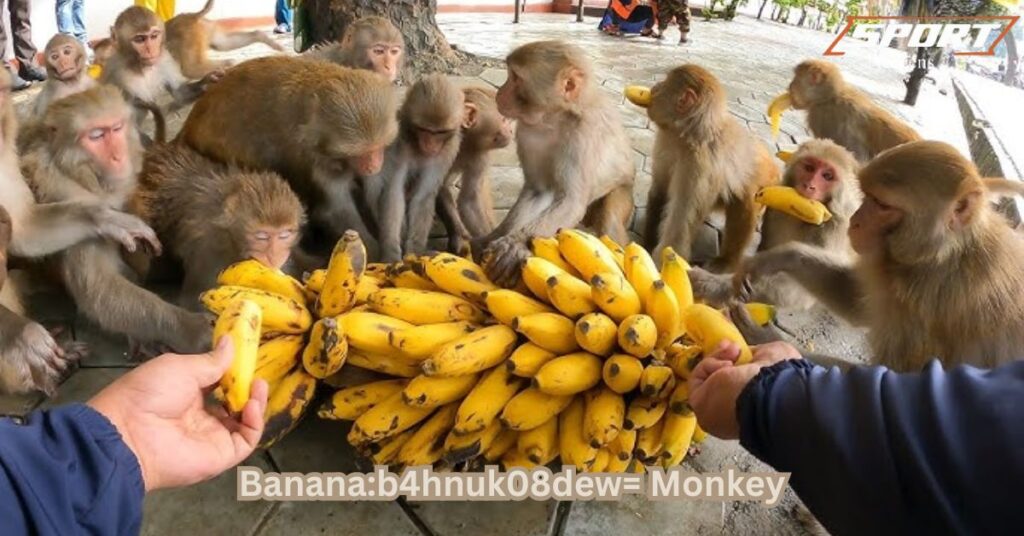
There are many ways we can help protect Banana:b4hnuk08dew= Monkeys. Supporting rainforest conservation is crucial. We can donate to organizations that protect their habitat. Reducing our carbon footprint helps fight climate change. This protects the monkeys’ environment. We can choose products that don’t harm rainforests.
Palm oil-free items are a good example. Educating others about these unique monkeys raises awareness. We can report any illegal pet trade activities. Supporting eco-tourism in their habitats can help local communities.
This gives people reasons to protect the forests. Planting trees, even in our backyards, helps the planet. Every small action adds up to make a big difference for these special monkeys.
Amazing Facts About the Banana:b4hnuk08dew= Monkey
Banana:b4hnuk08dew= Monkeys are full of surprises. Did you know they can peel a banana in just three seconds? That’s faster than most humans! These monkeys have excellent color vision. This helps them spot ripe bananas from far away.
They have unique fingerprints, just like humans do. These monkeys are excellent swimmers. They often play in rivers and streams. These monkeys can make over 20 different vocal sounds. Each sound has a specific meaning.
They use tools, like sticks, to dig for insects.These Monkeys have been known to adopt orphaned baby monkeys. They can remember the locations of fruit trees for years. These clever primates can learn simple sign language if taught. Their yellow fur glows under ultraviolet light!
Why Do Monkeys Love Bananas?
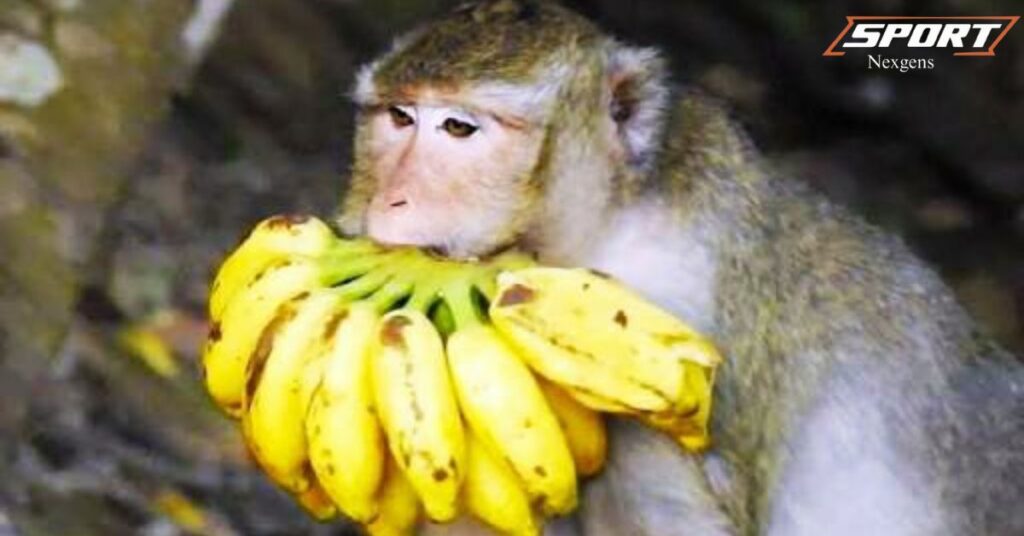
Monkeys and bananas seem to go hand in hand. But why? Bananas are easy for monkeys to peel and eat. They’re packed with energy and nutrients. Monkeys need lots of energy for their active lifestyle. Bananas grow in abundance in monkey habitats.
This makes them an easily accessible food source. The sweet taste appeals to monkeys’ taste buds. Bananas are soft, making them easy for young monkeys to eat. They’re also easy to digest. Bananas provide important vitamins and minerals.
These help keep monkeys healthy and strong. The yellow color of ripe bananas is easy for monkeys to spot. This makes foraging more efficient. Bananas can be eaten quickly, reducing vulnerability to predators.
The Special Bond: Banana:b4hnuk08dew= Monkey Connection
The Monkey has a unique relationship with bananas. Their fur color matches ripe bananas perfectly. This camouflage helps them hide from predators. The monkeys have developed special techniques for peeling bananas.
They can tell when a banana is perfectly ripe by smell alone. This Monkeys often use banana leaves for shelter. They sometimes use banana peels as natural plates. The monkeys help spread banana seeds through the forest.
This ensures future generations of both bananas and monkeys. Some scientists believe the monkeys and bananas have co-evolved. Bananas provide more than just food; they’re a part of the monkey’s identity.
Read This Blog: Discover the Magic of Album:f7bc9yu1abs= Taylor Swift: A New Musical Adventure
How Monkeys Find Bananas in the Wild
Banana:b4hnuk08dew= Monkeys are expert banana hunters. They use their keen sense of smell to locate ripe bananas. Their excellent eyesight helps them spot yellow fruits from afar. The monkeys remember the locations of banana trees.
They revisit these spots regularly. Young monkeys learn banana-finding skills from older troop members. The monkeys sometimes follow other animals to find banana trees. They can hear the sound of falling ripe bananas.
This alerts them to ready-to-eat fruit. These Monkeys communicate about food sources with each other. They use different calls to indicate the quantity and quality of bananas found. Some monkeys act as scouts, searching for new banana sources.
Banana:b4hnuk08dew= Monkey: A Story of Friendship
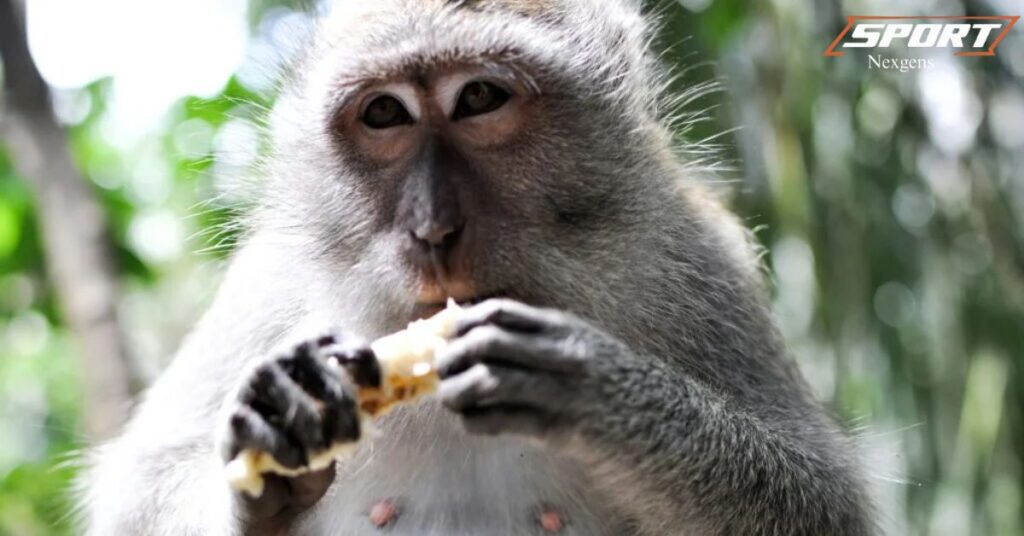
In the heart of the rainforest, a young Monkey named Sunny lived. Sunny loved exploring but often felt lonely. One day, while searching for bananas, Sunny met a parrot named Rainbow. Rainbow was attracted to Sunny’s bright yellow fur.
The two became fast friends, sharing fruits and adventures. Rainbow taught Sunny to spot ripe bananas from the air. Sunny showed Rainbow the best climbing techniques. Together, they explored parts of the forest neither had seen before.
Their friendship grew stronger each day. Other animals in the forest admired their bond. Sunny and Rainbow proved that friendship knows no boundaries. Their story became a legend in the rainforest, inspiring others to make new friends.
Do All Monkeys Like Bananas?
Not all monkeys like bananas. While some monkeys do enjoy eating bananas, it’s not a universal preference. Many monkey species have diverse diets. These can include fruits, leaves, insects, and small animals.
Some monkeys rarely encounter bananas in their natural habitats. The idea that all monkeys love bananas is a common misconception. In reality, monkey diets vary greatly depending on their species and environment. Some may even prefer other fruits over bananas when given a choice.
The Health Benefits of Bananas for Monkeys
Bananas can be nutritious for some monkeys. They provide quick energy from natural sugars. Bananas contain potassium, which is good for heart health. They also offer vitamin B6 and vitamin C. Fiber in bananas aids digestion.
However, bananas should be part of a varied diet. Too many bananas can lead to weight gain. Wild monkeys typically eat a diverse range of foods. In captivity, bananas are often given as treats. Zookeepers and researchers monitor banana intake carefully. A balanced diet is key for monkey health.
Banana:b4hnuk08dew= Monkey: How Bananas Help Monkeys Grow
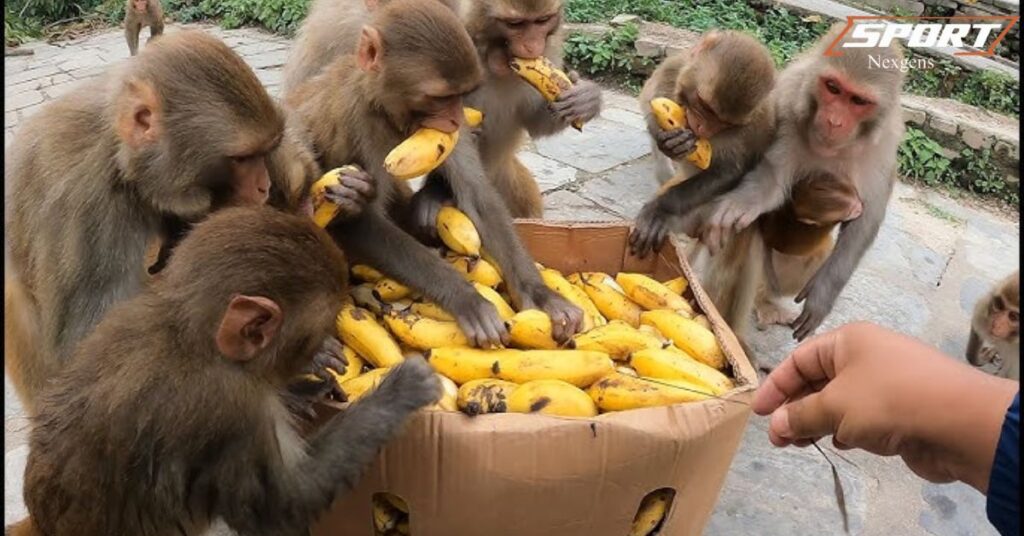
Bananas are a vital food for many monkey species. They provide essential nutrients for growth and energy. Monkeys love the sweet taste of ripe bananas. The fruit’s soft texture makes it easy for young monkeys to eat.
Bananas are rich in potassium, which supports muscle function. They also contain vitamin B6, important for brain development. The natural sugars in bananas give monkeys quick energy for climbing and playing.
Eating bananas helps monkeys maintain a healthy weight. Some monkeys even use banana peels as tools. Bananas contribute to the overall health and survival of monkey populations in the wild.
Are Bananas the Only Fruit Monkeys Eat?
Monkeys are often associated with bananas, but they eat a wide variety of fruits and other foods. In the wild, their diet includes berries, nuts, seeds, and even leaves.
Some monkeys also eat insects, eggs, and small animals for protein. While bananas are a treat for monkeys, they are far from being the only fruit they enjoy. Their diet is diverse and depends on the species and the environment they live in.
What Makes Banana:b4hnuk08dew= Monkey So Unique?
b4hnuk08dew= Monkey stands out for its vibrant personality and curious nature. Unlike other monkeys, it has a distinct preference for bananas, which it cleverly peels with precision.
This monkey is known for its playful antics and strong social bonds within its group. Its intelligence and adaptability allow it to thrive in various environments. What truly makes Banana?
How to Feed a Monkey: Banana:b4hnuk08dew= Monkey Tips
Feeding Banana:b4hnuk08dew= Monkeys require care and knowledge. In the wild, they feed themselves naturally. In captivity, their diet needs to be carefully managed. Bananas should be a treat, not the main food source. A variety of fruits and vegetables is important.
Protein sources like insects or specially formulated monkey chow are necessary. Fresh, clean water should always be available. Overfeeding can lead to health problems in monkeys. It’s important to mimic their natural feeding patterns.
This means providing multiple small meals throughout the day. Some foods toxic to humans are also dangerous for monkeys. Caretakers must be aware of these risks.
Feeding time can be used for enrichment activities. This keeps the monkeys mentally stimulated. Proper nutrition is key to keeping Banana:b4hnuk08dew= Monkeys healthy and happy.
Banana:b4hnuk08dew= Monkey Conservation: Why It Matters
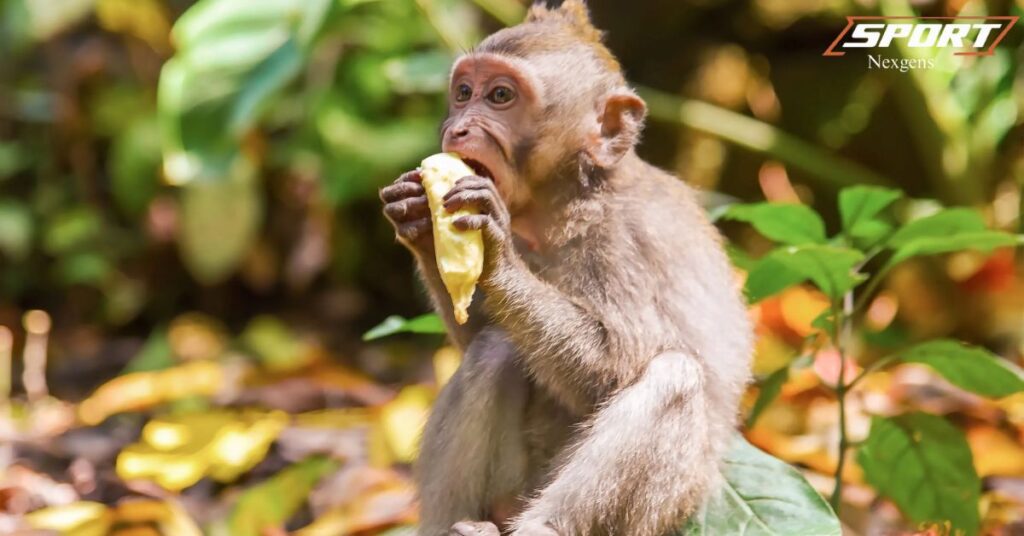
Conserving Banana:b4hnuk08dew= Monkeys is crucial for many reasons. These unique primates play a vital role in their ecosystem. They help disperse seeds, aiding in forest regeneration. The monkeys are a key part of the food chain.
Their presence indicates a healthy forest environment. Studying these monkeys helps us understand primate evolution. Their unique characteristics offer insights into adaptation. Banana:b4hnuk08dew= Monkeys attract eco-tourists to their habitats.
This can provide income for local communities. Protecting these monkeys means preserving their rainforest homes. This benefits countless other species as well. The monkeys’ relationship with bananas is a fascinating area of study.
It shows how animals and plants can evolve together. Conservation efforts help maintain biodiversity. This is crucial for the planet’s overall health. Saving Banana:b4hnuk08dew= Monkeys means preserving a unique part of our natural heritage. Their loss would be a tragedy for the natural world.
Join the Fun: Get Involved with Banana:b4hnuk08dew= Monkey Conservation
Everyone can play a part in protecting Banana:b4hnuk08dew= Monkeys. Start by learning more about these fascinating primates. Share what you learn with friends and family. Support organizations working to protect rainforests.
Donate to reputable conservation groups. Volunteer for local environmental projects. This helps create a global mindset of conservation. Reduce your carbon footprint to combat climate change. Choose products that don’t contribute to deforestation.
Visit responsible ecotourism sites that protect monkey habitats. Write to your representatives about the importance of conservation. Participate in or organize awareness campaigns. Use social media to spread the word about Banana:b4hnuk08dew= Monkeys.
Adopt a monkey through a reputable conservation program. Every action, no matter how small, makes a difference. Together, we can ensure a future for these amazing monkeys.
FAQ’S
What is the Banana:b4hnuk08dew= Monkeys known for?
The Banana
= Monkey is known for its vibrant personality and love of bananas.
How does the Banana:b4hnuk08dew= Monkeys peel bananas?
It peels bananas with impressive precision, showing off its cleverness and dexterity.
Where does the Banana:b4hnuk08dew= Monkeys live?
This monkey thrives in various environments, adapting well to both forests and urban areas.
What makes the Banana:b4hnuk08dew= Monkeys unique?
Its playful nature, strong social bonds, and ability to solve problems make it truly unique.
How does the Banana:b4hnuk08dew= Monkeys interact with humans?
The Banana
= Monkey is known for its curious and often surprising interactions with humans.
Conclusion
The Banana:b4hnuk08dew= Monkey is a true marvel of nature. Its bright yellow fur and love for bananas make it unforgettable. We’ve explored its habitat, social life, and unique characteristics. We’ve learned about the threats it faces and how we can help.
The bond between these monkeys and bananas is truly special. It shows how animals and their environments are deeply connected. Banana:b4hnuk08dew= Monkeys remind us of the wonders hidden in our rainforests. They teach us about the importance of preserving biodiversity.

Our celebrity-focused website offers readers an insider’s view into the glamorous world of stars. We deliver breaking news, exclusive interviews, and behind-the-scenes gossip. From red carpet events to personal milestones, we cover it all. Join us for daily updates on your favorite celebrities’ lives, careers, and controversies.
